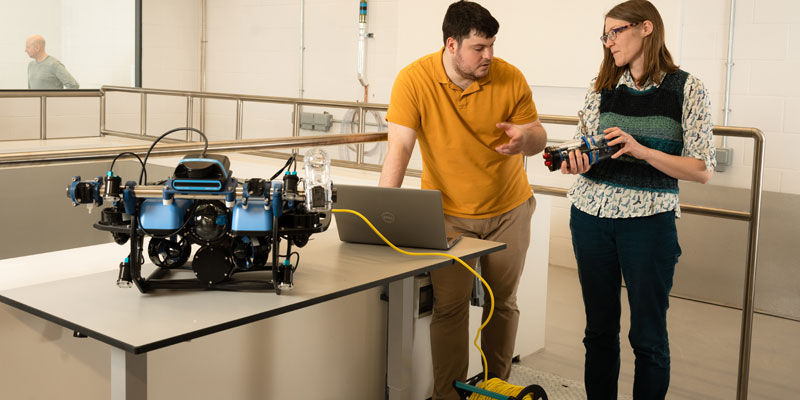
Design and verification
We tackle the practicalities involved in building RCAS that are safe - and that can be shown to be safe - both before and during their deployment regardless of any changes to their working environment.
It is not enough for RCAS to be safe by design; they must also be verifiable by design - built in such a way that their safety can be proven.
Nor is it enough for their safety to be verified before deployment; we must also be able to trust these systems during their operation. This means designing them so that we can monitor whether their safety is being compromised by the changing complexities of their operating environment - whether that be the physical demands of high altitude or ocean depths, or the variability and unpredictability introduced by any human involvement.
Finally, it is not enough for RCAS to be continually verifiable; for them to remain safe, we need to design their hardware and software so that they are capable of evolving and adapting (in both a physical and logical sense) to their changing environment.
These are the complex engineering challenges addressed by the Design and Verification research pillar.

“The ISA brings so much disparate expertise under one roof that we all end up thinking outside the box, and that’s where the best new ideas and opportunities come from.”
Professor Ana Cavalcanti, Research Lead.
Activities and Partnerships
Trustworthy Autonomous Systems (TAS)
We participate in the management of the Verifiability Node of UKRI’s Trustworthy Autonomous Systems Hub, working towards the development of a unifying framework that will integrate rigorous verification techniques for autonomous systems.
RoboStar
Through our centre of excellence in software engineering for robotics, we run one of the largest research groups in the world, conducting multiple research projects on questions of robotics modelling, simulation, testing and verification.